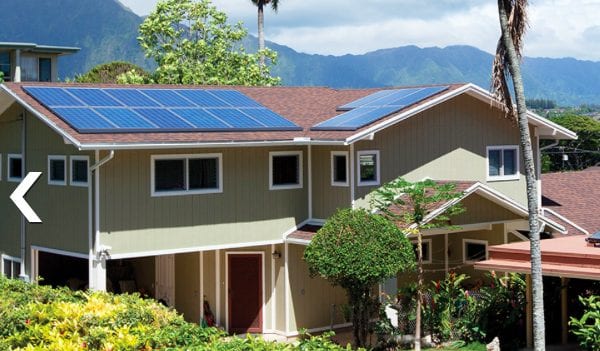The solar industry has achieved another significant breakthrough, after US solar leasing specialist SolarCity issued the first asset back notes for the solar industry, and achieved an interest rate significantly below expectations.
SolarCity raised $54 million in the issue of asset backed securities. It was not a significant sum, but it was an important ground-breaking step for the industry.
Importantly, it gained a respectable BBB+ rating from S&P, the credit rating agency’s first assessment of a solar-based securitisation.
Even better, the issue attracted an interest rate of 4.8 per cent. This was well below the 6.5 per cent rate predicted by analysts, and suggests a new source of cheap finance will open up for the industry.
Up to now, the industry has had to rely on tax equity financing, where interest rates can be as high as 15 per cent. In effect, the raising suggests that the industry can cut its financing costs by two thirds, a significant breakthrough.
The notes were sold through a private placement and are secured by the cash flows associated with the solar arrays installed by SolarCity, whose chairman is Elon Musk, of Tesla fame.
“This transaction opens the gates for other companies that are also looking to raise money through ABS markets – particularly other private leasing companies and SunPower,” Deutsche Bank analyst Vishal Shah said in a report.
“We expect cost of capital for future transactions to decrease further as rating agencies get more comfortable with these type of structures and more data becomes available. Finally, we believe companies in the leasing business have the ability to lower cost of capital by at least 200-300 basis points, which in turn could allow them to further lower solar electricity costs and offer more attractively priced PPAs.
“Tax equity financing has been the primary constraint for companies involved in the residential solar market and this transaction should act as a great source of incremental capital.”
Shah said the transaction should boost the solar sector’s profitability and sets the stage for a lot stronger growth of the US solar market over the next 12-18 months.
In its assessment, S&P said despite the relatively new nature of the industry, and the short history of the company, the business case for rooftop solar was strong, with declining prices and no natural competitor.
“Over the next three years, we expect distributed solar generation to continue to grow rapidly, albeit from a small base, fueled … declining PV system installed and related costs, such as customer acquisition and financing and system component costs; and policies aiming to increase the use of distributed solar generation,” it said.
Sean Kidney, an analyst with Climate Bonds, said the long 15-year tenor of the issue is “interesting – and great”. He says that it is a sign that credit analysts may be beginning to understand solar.
“This bond has been long-awaited by the green finance sector, who are hoping it’s the harbinger of things to come.
“I did get the chance to look at the S&P opinion. Their rating reflected, as they put it, their views on over-collateralization (62% leverage; that’s how companies do credit enhancement), SolarCity‘s track record and the credit quality of the household borrowers. They also noted that “because this asset class has a limited operating history, we expect the rating to be constrained to low investment-grade for the near future”. Presumably that means we can expect better ratings five years away.”
SolarCity this week announced a partnership with BMW, which will see owners of the BMW i, the car manufacturer’s electric vehicle, As will receive a 10-percent discount on SolarCity’s home solar offer.
Meanwhile, other large investors continue to expand their solar portfolios. Google has again teamed up with the global investment firm, Kohlberg Kravis Roberts & Co (KKR) and North American solar project developer, Recurrent Energy, to invest a combined $400 million in six solar plants in California and Arizona, with total capacity of 106MW. The plants, the Wall Street Journal reports, are expected to be grid connected by January.










